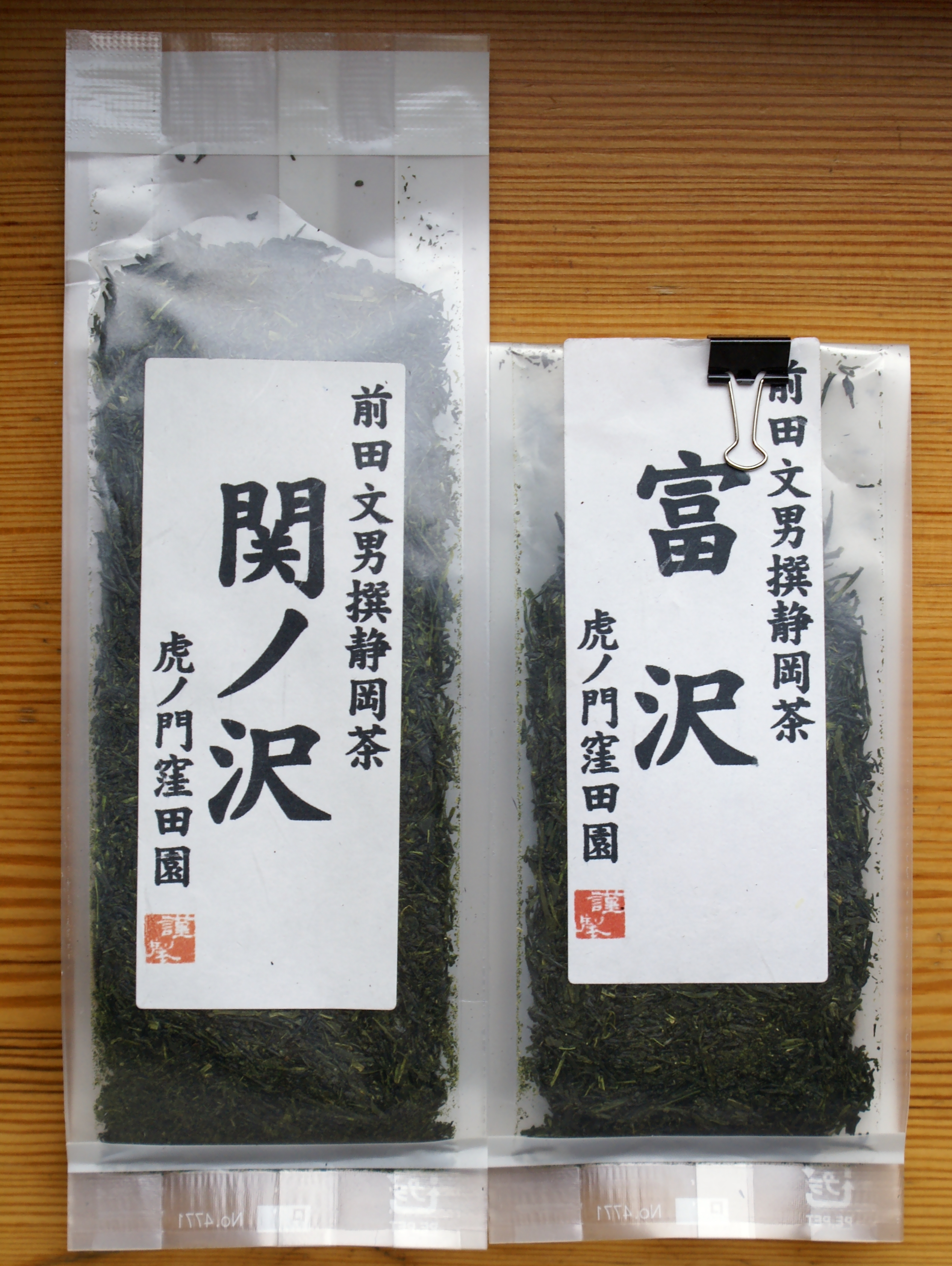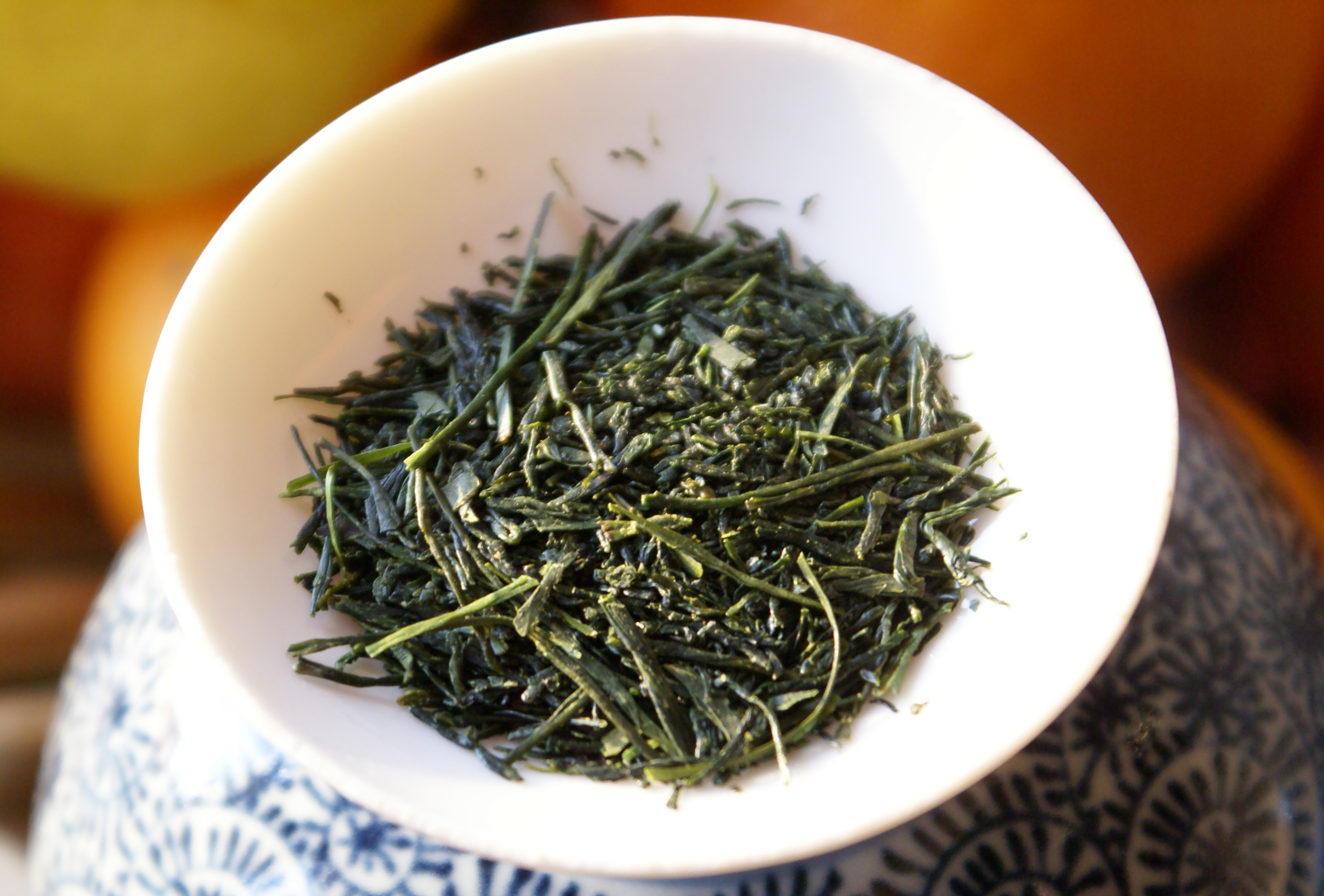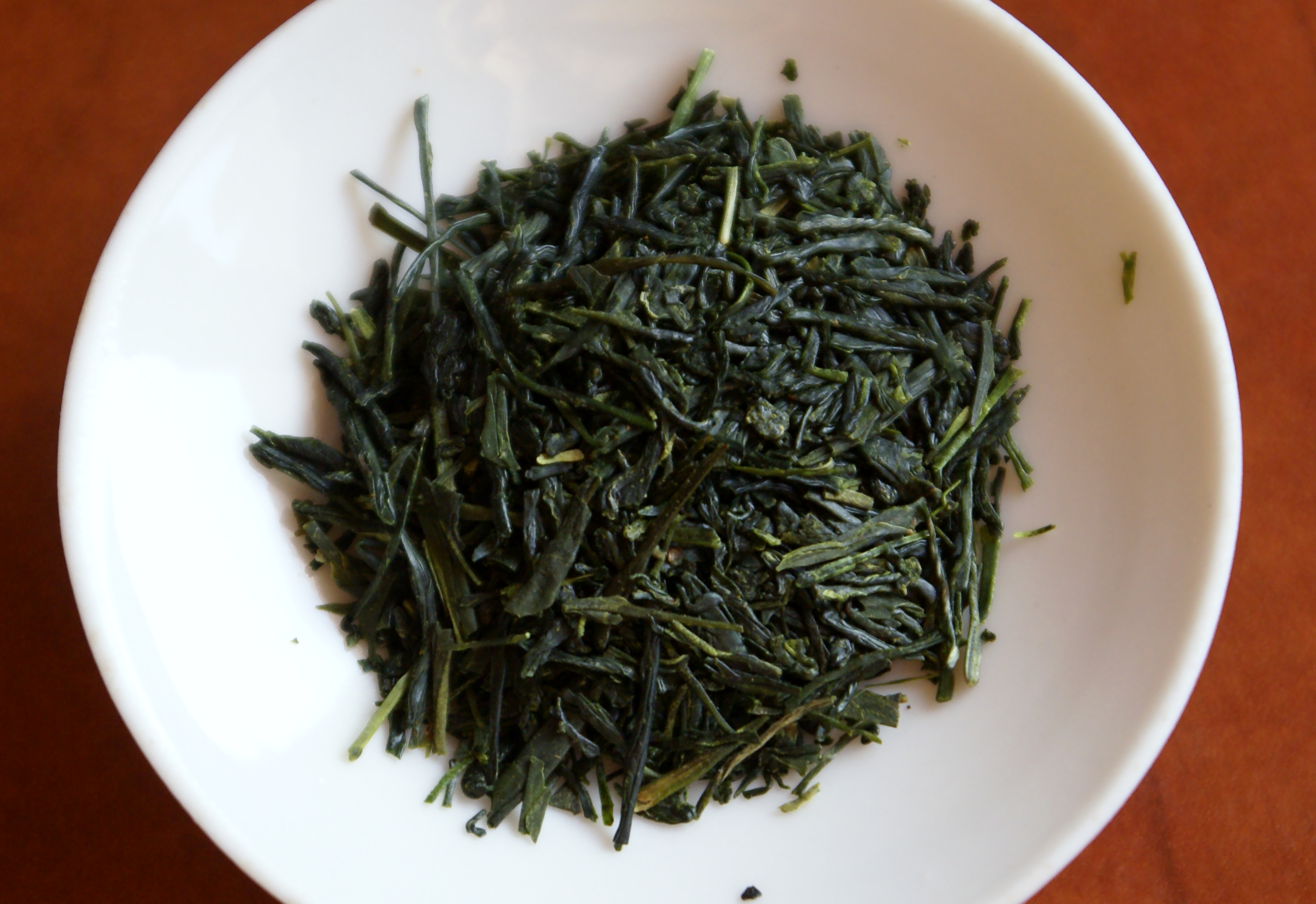Celebrity tea
Posted on 16 March 2011
I’m really concerned about the situation in Japan: not just the tremendous damage and increasing death toll of last week’s tsunami but also the nuclear crisis. Apart from humans, radiation could also be a threat to tea, the region of Saitama (home of Yoshiaki Hiruma’s world-class green teas) being located within the radioactive cloud’s immediate reach. As trivial as it may seem at present, agricultural production is important for the long-term recovery of the affected regions. As of yesterday, Mr. Hiruma confirmed he was fine and although it had sustained some minor damage from the tsunami, Saitama itself was OK too. But the nuclear concern grows, though Hiruma-san ended his e-mail with an optimistic “we are waiting for the spring with its beautiful blossoms”.
Anyways, here’s a therapeutic session with some good Japanese senchas. Recently I blogged on a tea blended for Kubota-en by celebrity teamaker Fumio Maeda. I now have received two more samples from this tea personality. The 2010 Seki-no-zawa and 2010 Tonzawa look quite similar, in fact. Both are well-sorted chumushi [medium-steamed] leaves. But when these leaves are put into a warmed cup for infusion, the Tonzawa is quite more perfumed with attractive notes of baked bread, kiwi and papaya fruit.
The more concentrated you infuse these teas, the more it benefits the Tonzawa. It is a very balanced tea with good fruit, underlying umami, and clean balanced bitterness. It is a typical chumushi – not too powerful, not too light. (My best results were with 3g / 50ml / 70C). The same approach with the Seki-no-zawa brings a more elegant, suave tea that just doesn’t have a lot of content and comes across as somewhat ordinary.
I brewed these teas four times with different parameters. With less leaf, the Tonzawa slips into neutrality: it becomes a light effusive sencha with little grip. Brewing with more water brings the umami and sweet notes a bit down as fewer aminoacids are released: consequently there’s just little too little content here. Surprisingly, the same parameters seem to suit the Seki-no-zawa well. Its inherent lightness is put into context, and it becomes a great sipping tea: clean, crisp, deep. It doesn’t gain any new character but was one of the more enjoyable 150ml cups of sencha I’ve of late. There’s time for superconcentrated Hiruma-style brews and there’s also time for tea as a refreshing drink.
On the whole it was interesting to try these two new offerings from Fumio Maeda. I now have a bit more context about his style. While the previous sencha I tried was extraordinary in its scope and breadth, this Seki-no-zawa can be summarised as ordinary and the Tonzawa as solid and clean but hardly unforgettable.
Disclosure
Source of teas: gifts from a tea friend.





